SUSE Linux PhD Chris Brown
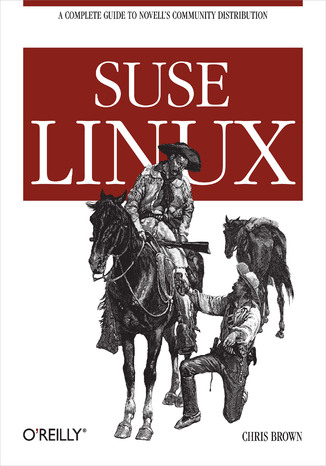



- Autor:
- PhD Chris Brown
- Wydawnictwo:
- O'Reilly Media
- Ocena:
- Stron:
- 448
- Dostępne formaty:
-
ePubMobi
Opis
książki
:
SUSE Linux
SUSE Linux: A Complete Guide to Novell's Community Distribution will get you up to speed quickly and easily on SUSE, one of the most friendly and usable Linux distributions around. From quick and easy installation to excellent hardware detection and support, it's no wonder SUSE is one of the most highly rated distributions on the planet. According to Novell, SUSE is installed more than 7,000 times every day, an average of one installation every 12 seconds.
This book will take you deep into the essential operating system components by presenting them in easy-to-learn modules. From basic installation and configuration through advanced topics such as administration, security, and virtualization, this book captures the important details of how SUSE works--without the fluff that bogs down other books and web sites. Instead, readers get a concise task-based approach to using SUSE as both a desktop and server operating system.
In this book, you'll learn how to:
- Install SUSE and perform basic administrative tasks
- Share files with other computers
- Connect to your desktop remotely
- Set up a web server
- Set up networking, including Wi-Fi and Bluetooth
- Tighten security on your SUSE system
- Monitor for intrusions
- Manage software and upgrades smoothly
- Run multiple instances of SUSE on a single machine with Xen
Whether you use SUSE Linux from Novell, or the free openSUSE distribution, this book has something for every level of user. The modular, lab-based approach not only shows you how--but also explains why--and gives you the answers you need to get up and running with SUSE Linux.
About the author:
Chris Brown is a freelance author and trainer in the United Kingdom and Europe. Following Novell's acquisition of SUSE, he taught Linux to Novell's consultants and IT staff and is certified in both Novell's CLP program and Red Hat's RHCE. Chris has a PhD in particle physics from Cambridge.
Wybrane bestsellery
O'Reilly Media - inne książki
Dzięki opcji "Druk na żądanie" do sprzedaży wracają tytuły Grupy Helion, które cieszyły sie dużym zainteresowaniem, a których nakład został wyprzedany.
Dla naszych Czytelników wydrukowaliśmy dodatkową pulę egzemplarzy w technice druku cyfrowego.
Co powinieneś wiedzieć o usłudze "Druk na żądanie":
- usługa obejmuje tylko widoczną poniżej listę tytułów, którą na bieżąco aktualizujemy;
- cena książki może być wyższa od początkowej ceny detalicznej, co jest spowodowane kosztami druku cyfrowego (wyższymi niż koszty tradycyjnego druku offsetowego). Obowiązująca cena jest zawsze podawana na stronie WWW książki;
- zawartość książki wraz z dodatkami (płyta CD, DVD) odpowiada jej pierwotnemu wydaniu i jest w pełni komplementarna;
- usługa nie obejmuje książek w kolorze.
Masz pytanie o konkretny tytuł? Napisz do nas: sklep@helion.pl
Książka drukowana


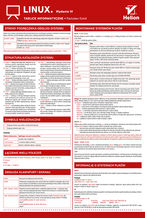
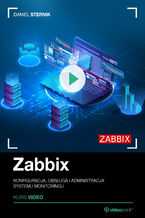


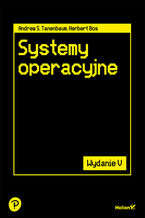
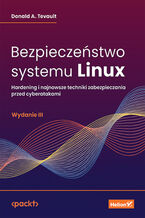

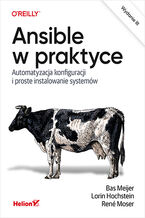
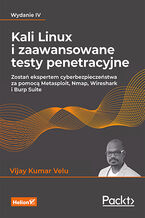







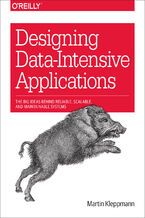

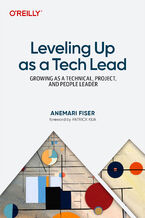

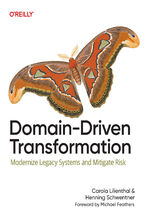

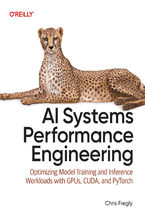
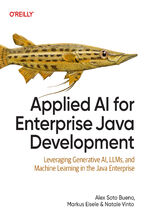
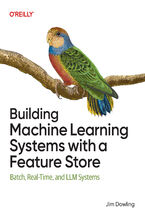
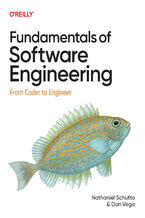
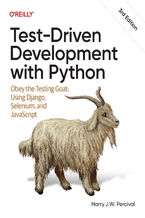



Oceny i opinie klientów: SUSE Linux PhD Chris Brown
(0)